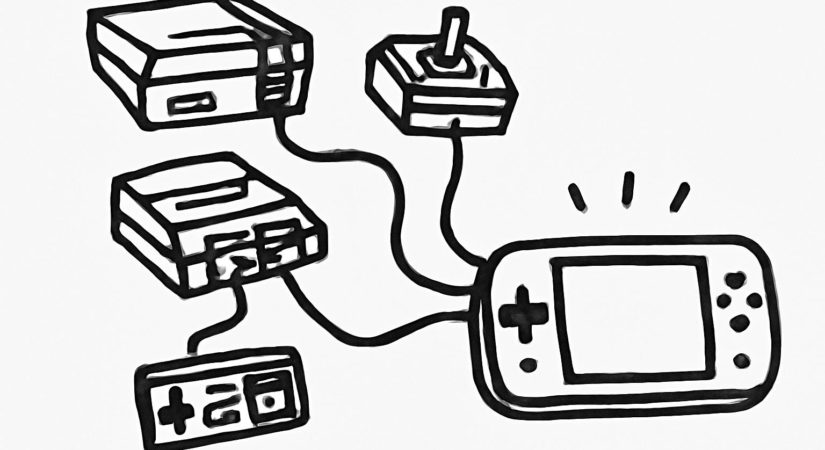Nintendo’s upcoming Switch 2 launch features marquee titles like Mario Kart World, but for longtime fans, the highlight is the initial GameCube library. After over two decades, Nintendo is finally offering some of its cherished GameCube games on a modern console—many of which have not been officially available since their original release.
However, only three GameCube titles are available at launch, marking the smallest initial lineup in the Switch Online classics offerings. While this slow rollout frustrates some players, it is a deliberate strategy Nintendo has employed since its early digital stores.
Since introducing the Wii Shop, Nintendo has steadily and cautiously re-released legacy games rather than flooding its platforms with titles all at once. The Wii Shop, launched alongside the Wii, promised a vast archive of classic games, ultimately delivering over 400 by the console’s end. But at launch, it had fewer than a dozen first-party titles, focused primarily on NES games, with only Super Mario 64 available from the Nintendo 64 library. Other N64 games arrived months later.
The same pattern continued with the Wii U, which began with just eight Virtual Console games. Compatibility issues meant Nintendo rebuilt its retro catalog for the system, gradually adding SNES, Game Boy Advance, DS, and Wii titles over time. Although Nintendo allowed owners to transfer Wii Virtual Console purchases to the Wii U and offered discounted upgrades, early lineups remained limited and slow to expand.
On the Switch, Nintendo shifted from individual game sales to a subscription-based approach with Switch Online, which launched in 2018 over a year after the console’s release. Initially, only NES titles were available, with SNES, Game Boy, N64, Sega Genesis, and Game Boy Advance libraries added incrementally over several years.
This measured release serves several purposes. Nintendo uses classic games to fill release calendar gaps, keeping players engaged during less active periods. The subscription model also encourages users to try lesser-known titles alongside popular ones. Moreover, spacing out releases allows players to fully appreciate each game rather than viewing them as disposable entertainment amid today’s overcrowded gaming ecosystems.
This approach is especially fitting for GameCube games, which often require extensive time investments similar to modern games. With many titles exceeding 20 hours to complete, the gradual rollout lets players savor these experiences without rushing.
While waiting for favorite classics can be frustrating, Nintendo’s slow and intentional release schedule honors the depth of its back catalog. It ensures each new addition remains an event and gives users time to explore titles thoroughly. Unlike previous generations, the current platform provides a broad selection to enjoy while awaiting new favorites.
